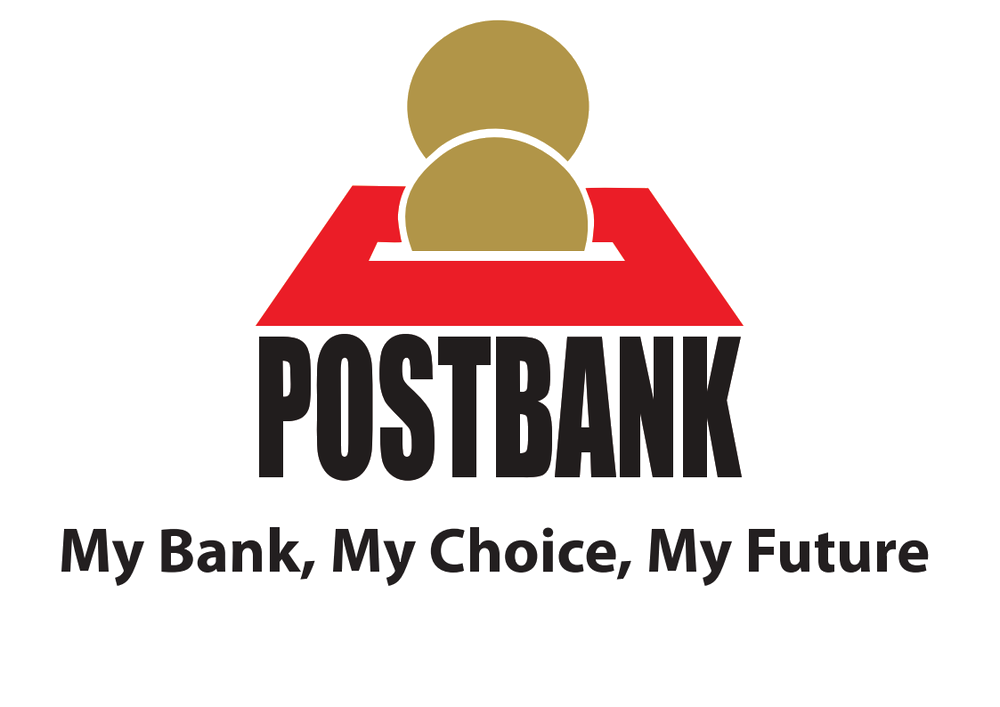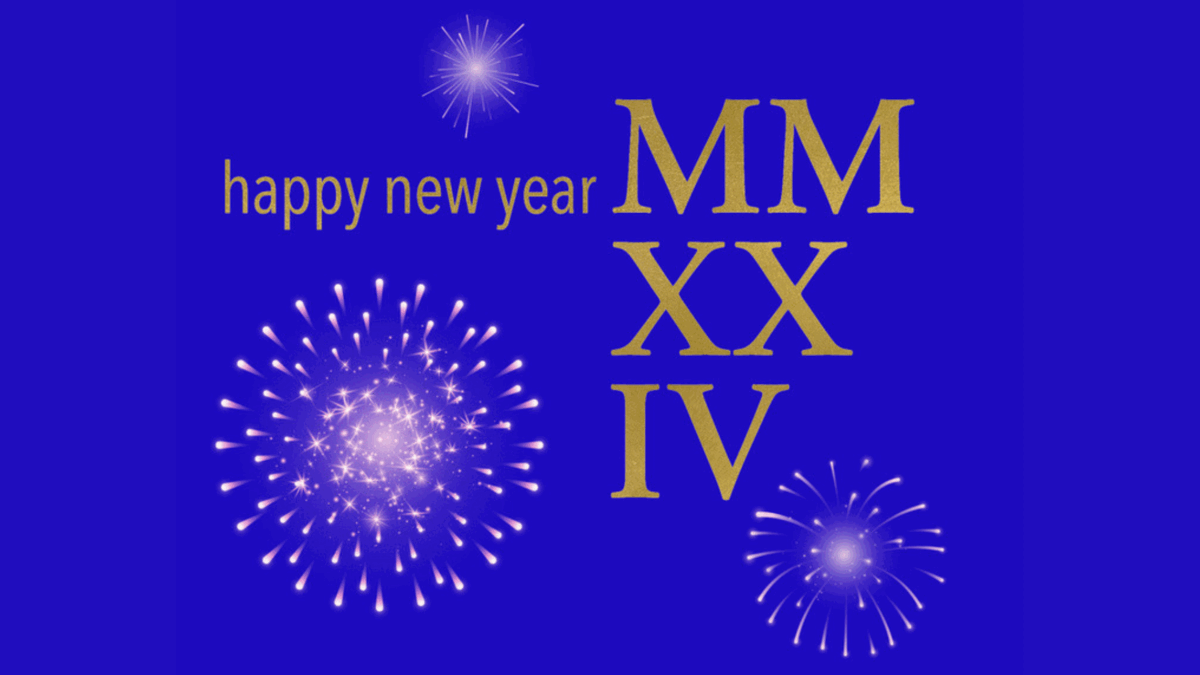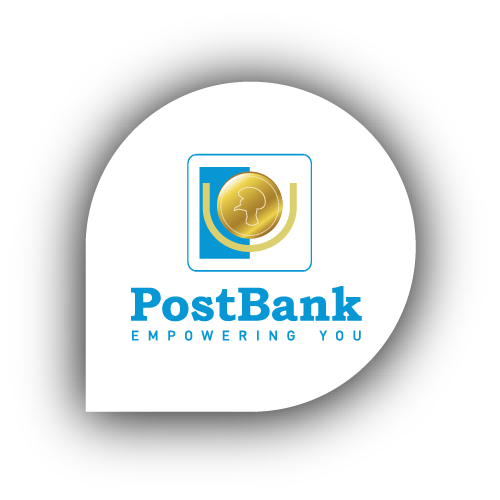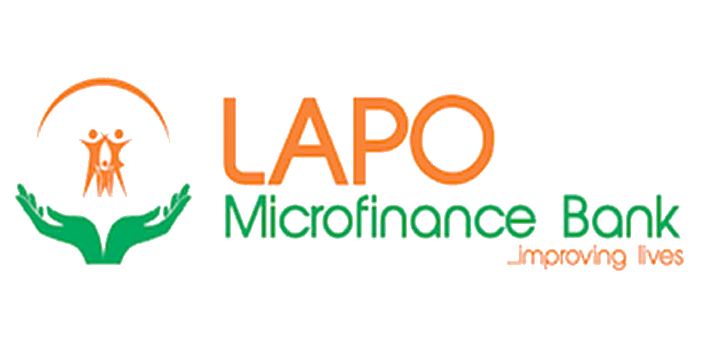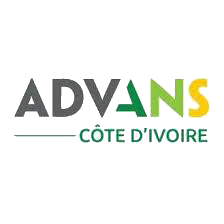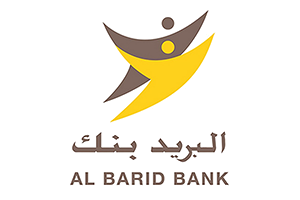The Financial Action Task Force (FATF) aims to better meet its objective of preventing the misuse of legal arrangements for money laundering and terrorist financing (ML/TF) and therefore conducts a review of its Recommendation 25 (R.25) and the Interpretive Note on their transparency and beneficial ownership (BO).
WSBI-ESBG response to the public consultation
General position
• The fragmented regulatory landscape is an issue for obtaining information from other jurisdictions.
• Guidance for implementing R.25 rules would improve the timely availability and accuracy of BO information.
• Resourcing and funding of the implementation of the R.25 requirements pose potential challenges.
Scope of legal arrangements, risk assessment and foreign trusts
• Regarding the potential limitation of the scope of risk assessment and mitigation obligation to such legal arrangements that have sufficient links with the countries, a sectoral risk assessment for legal persons and arrangements should be considered as a “sufficient link”.
• The new suggested risk assessment allows for the application of enhanced due diligence measures and also provides for how best to mitigate risks associated with different products and services.
Obligations of trustees under R.25
• When extending the requirement to obtain and hold information on beneficiaries or classes of beneficiaries to objects of powers of discretionary trusts, who may derive a benefit form a trust in the future, it should be referred to professional service providers such as lawyers, notaries, accountants, etc.
• Regarding the nexus of such obligations based on residence of trustees or location where the trusts are administered, it would be difficult to verify or authenticate information provided by trustees from other jurisdictions. Some trustees may reside from high-risk jurisdictions.
Definition of beneficial owners
• A standalone definition for BO in the context of legal arrangements might create a clear distinction between a BO for legal arrangements and for legal persons, but could lead to confusion. For a harmonised definition, the interpretive note should provide clarifications on, e.g., the element of “control” in a trust.
• Information regarding beneficiaries should be publicly available to promote transparency.
Obstacles to transparency
• Trusts that are owned or controlled by a company with various directors or nominee shareholders in different jurisdictions could be used to obscure ownership in legal arrangements.
• Flee/flight clauses are used as a protective mechanism for members and the interest of the trust. The enforceability of such clauses might be challenging.
• Key obstacles to transparency of trusts and other legal arrangements are the lack of uniform know-your-customer (KYC) standards as well as the use of professional intermediaries. Furthermore, the identification of BO of nominee shareholders, directors or various stocks can be difficult.
Approach in collecting beneficial ownership information
• Incomplete mandatory KYC information collected by other agents or service providers incl. trust and company service providers are observed to be an issue, as well as a fragmented regulatory landscape.
• A multi-pronged approach should be followed for accessing BO information of legal arrangements.
Adequate, accurate and up-to-date information
• The notion of “independently sourced/obtained documents, data or information” in the definition of accurate information poses an issue for the private sector as it is difficult to obtain adequate information
RELATED CONTENT
related
European Banking Authority (EBA) on ESG risk management
The European Savings and Retail Banking Group (ESBG) submitted its response to the consultation launched by the European Banking Authority (EBA). ESBG insists on the need for consitency with CSRD and CSDDD, the addressees of this guideline should also
Enhancing Transparency in Bank Disclosures: ESBG delivers comprehensive response to the EBA’s Pillar 3 data hub consultation
On 14 December 2023, the European Banking Authority (EBA) published a discussion paper on the Pillar 3 data hub processes and its possible practical implications.
IASB Exposure Draft (ED) on Financial Instruments with Characteristics of Equity
On 29 November 2023, the International Accounting Standards Board (IASB) proposed amendments in an Exposure Draft to tackle challenges in financial reporting for instruments with both
ESBG’s response to the EFRAG Comment Letter on Financial Instruments with Characteristics of Equity
On 29 November 2023, the International Accounting Standards Board (IASB) proposed amendments in an Exposure Draft to tackle
ESBG advocates for increased clarity and streamlining of supervisory reporting requirements
On 14 March, ESBG submitted its response to the European Banking Authority (EBA) consultation on ITS amending Commission Implementation Regulation (EU) 2021/451 regarding supervisory reporting
WSBI-ESBG advocates for robust implementation of the BCBS Pillar 3 framework for climate-related financial risks
On 14 March, WSBI-ESBG submitted its response to the Basel Committee on Banking Supervision (BCBS) consultation on its Pillar 3 disclosure framework for climate-related financial risks
ESBG stresses the need for consistency and clarity in its Response to the SFDR Review Consultation
ESBG submitted its response to the European Commission’s consultation on the SFDR review, aiming to enhance transparency in sustainability-related disclosures within the financial services sector
ESBG response to the EBA’s consultation on Guidelines on preventing the abuse of funds and certain crypto-assets transfers for ML/TF
The guidelines on the “travel rule” delineate the actions that Payment Service Providers (PSPs), Intermediary PSPs
ESBG responds to the SRB consultation on the future MREL policy
The European Savings and Retail Banking Group (ESBG) submitted its response to the consultation launched by the Single Resolution Board (SRB) in December 2023 on the future of the Minimum Requirement for own funds
ESBG’s response to the Commission’s consultation on the GDPR
The primary EU legislation ensuring the fundamental right to data protection is the General Data Protection Regulation



























